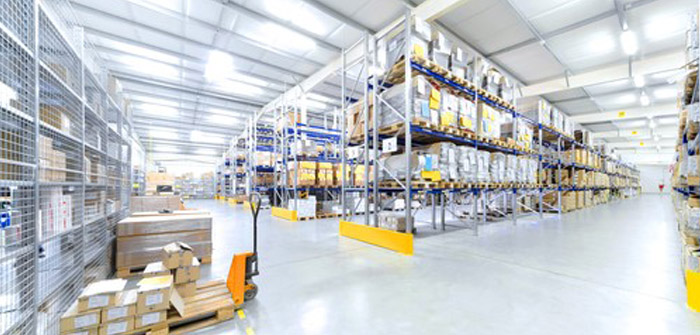The manufacturing sector has a more optimistic outlook in 2017, but the industry continues to face challenges. In August, manufacturers added workers at a higher rate than any month in the past four years, according to Labor Department data released at the beginning of September. Meanwhile, manufacturing activity reached a six-year high, with the Institute for Supply Management reporting a manufacturing index of 58.8 percent in August, up from 56.3 percent in July and the highest level since April 2011. Eighty percent of manufacturers are more optimistic about the general U.S. economy than last year, and 66 percent are more optimistic about the manufacturing sector, according to a Sikich LLC report.
But Sikich also found that manufacturers continue to face a number of challenges in 2017. Here’s a look at three of the biggest challenges manufacturers are experiencing, along with some tips on how to overcome them.
Closing the Skills Gap
A shortage of skilled workers is the biggest obstacle facing manufacturers in 2017. Sixty percent of manufacturers say a lack of qualified workers is their biggest barrier to business growth. Nearly half of manufacturers say addressing workforce challenges is one of their top three priorities in 2017, making this the most common answer.
To close the skills gap, one strategy manufacturers should adopt is cultivating relationships with educational institutions as early as the high school level, says Sikich. Educational institutions provide employers with opportunities to educate young workers about the benefits of manufacturing careers and to recruit talent through job fairs, on-the-job training courses and internships. Sikich also recommends that manufacturers diversify their outreach to include more groups, including immigrants, suggesting that employers hire translators to facilitate this strategy.
Cutting Operational Costs
Lowering operational expenses was the second top priority cited by respondents to Sikich’s survey. Unit labor costs rose in 64 of 86 manufacturing sectors in 2016, according to Bureau of Labor Statistics data. Unit labor costs fell 0.3 percent in the second quarter of 2017, but this still represented a 0.1 percent increase compared to the same quarter last year.
One strategy manufacturers can use to cut costs is by making better use of automation to reduce expenses for labor and production. Companies such as GE, IBM and Siemens AG have developed smart factory sensors that can monitor production variables and analyze the resulting data in order to optimize efficiency, delivering savings of as much as 30 percent, says Rueters. Manufacturers can also reduce materials costs by using suppliers who employ 3D printing technology. For instance, o-ring manufacturer Apple Rubber uses 3-D printing to offer custom products in over 8,000 sizes made out of materials such as fluorocarbon. Using 3-D printing services can significantly lower the cost of prototyping, as well as production in some cases.
Opening New Markets
Expanding into new markets represents another major challenge for manufacturers. Finding new markets for products and services was nearly as high a priority as cutting operational costs for manufacturers responding to Sikich’s survey. Ranking just behind this was the need to develop new products and services to meet changing demand.
An important tool manufacturers are underutilizing that can help address this issue is tax credits for research and development. Manufacturers can typically receive tax credits representing 5 to 7 percent of their R&D expenses. But Sikich found that only about half of businesses are taking advantage of this tax credit opportunity. Sikich CPA Tom Perez recommends that manufacturers hire R&D tax study firms to determine whether they qualify for a tax credit and to ensure that they meet auditing requirements. Manufacturers have three years to apply for the credit, so you can amend prior returns if you qualify. Taking advantage of R&D tax credits can allow you to invest more of your revenue into research, better empowering you to develop new products for new markets.




